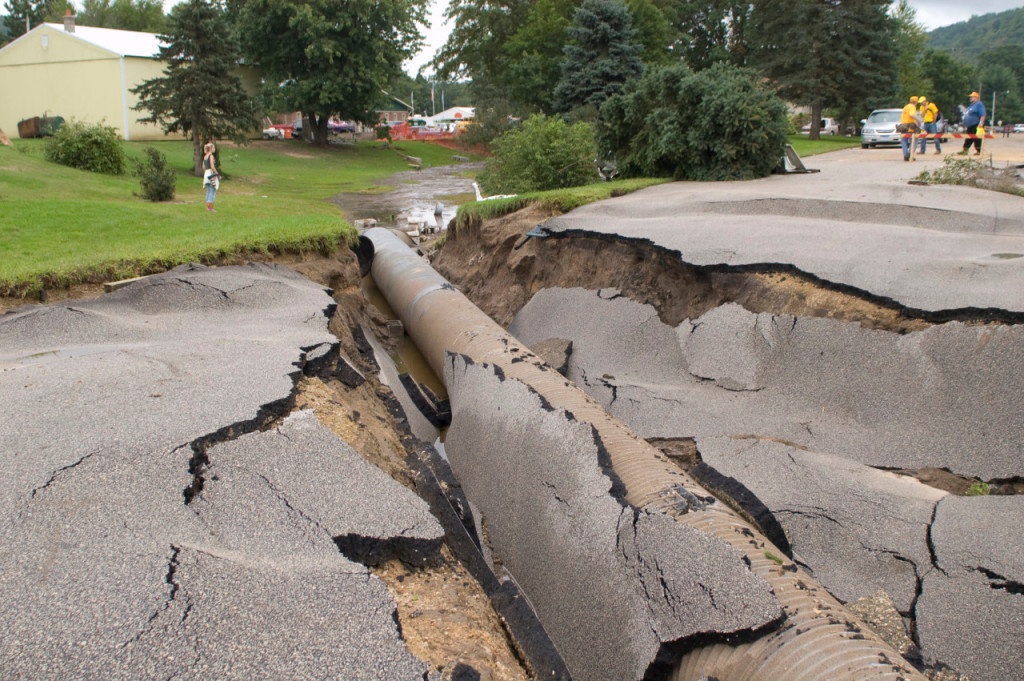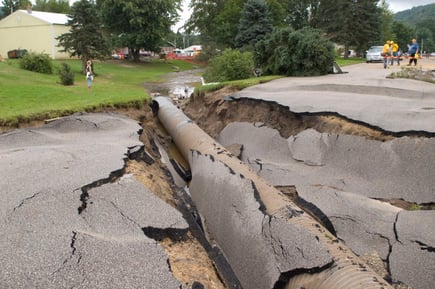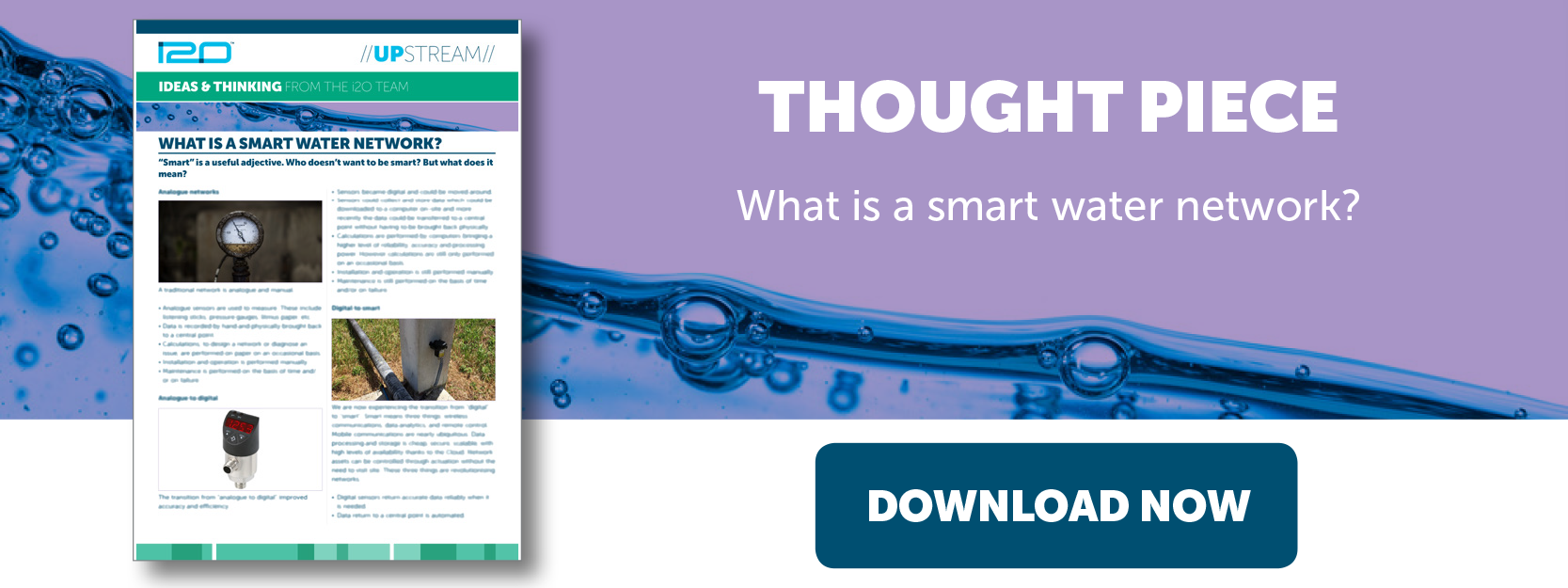
Oh my god…this is horrible
Nick Danby has written a great article in the Harvard Political Review about America’s Crumbling Water Infrastructure. It references 4 of the 6 big challenges that face the water industry globally: population growth (and urbanisation), ageing infrastructure, more extreme weather events, lack of new money. The other two are an ageing workforce (meaning knowledge is being lost) and greater customer demands (based on improved service from many other industries).

The article doesn't mention one major barrier to improvement which affects the USA disproportionately: the fragmentation of the industry. There are tens of thousands of water companies and most of these lack the critical mass to undertake the programs required. The article references 2 of 4 programs to address the challenges: infrastructure replacement and demand reduction. Whilst it points out the huge cost ($1 trillion) of infrastructure replacement, it could also note that in a system which is all old, replacing a part of it often moves the problem around rather than solving it. Demand reduction has had limited impact because it requires people to care or be compliant. At current water prices it's hard to see people being bothered, and only Singapore seems to have a population compliant enough to have achieved a sustained reduction over a decade, and even that is now at an end. The other two alternatives are new supply and smarter networks. New supply is also costly ($1bn for a desalination plant), takes a long time to deliver from planning to completion, and seems folly when so much of the water that goes into a system leaks out of it.
Smarter networks is the only program which makes good sense, and these are the solutions that i2O provides. It isn't very expensive ($10m for a 2 million population) and delivers immediate results. It makes the network visible, enables remote condition monitoring and optimises pressures through the deployment of sensors and actuators and the operation of software. It makes the most of the existing network in its current condition and buys time to plan to address the underlying issues.
Tags: Blog, Industry Challenges, North America
